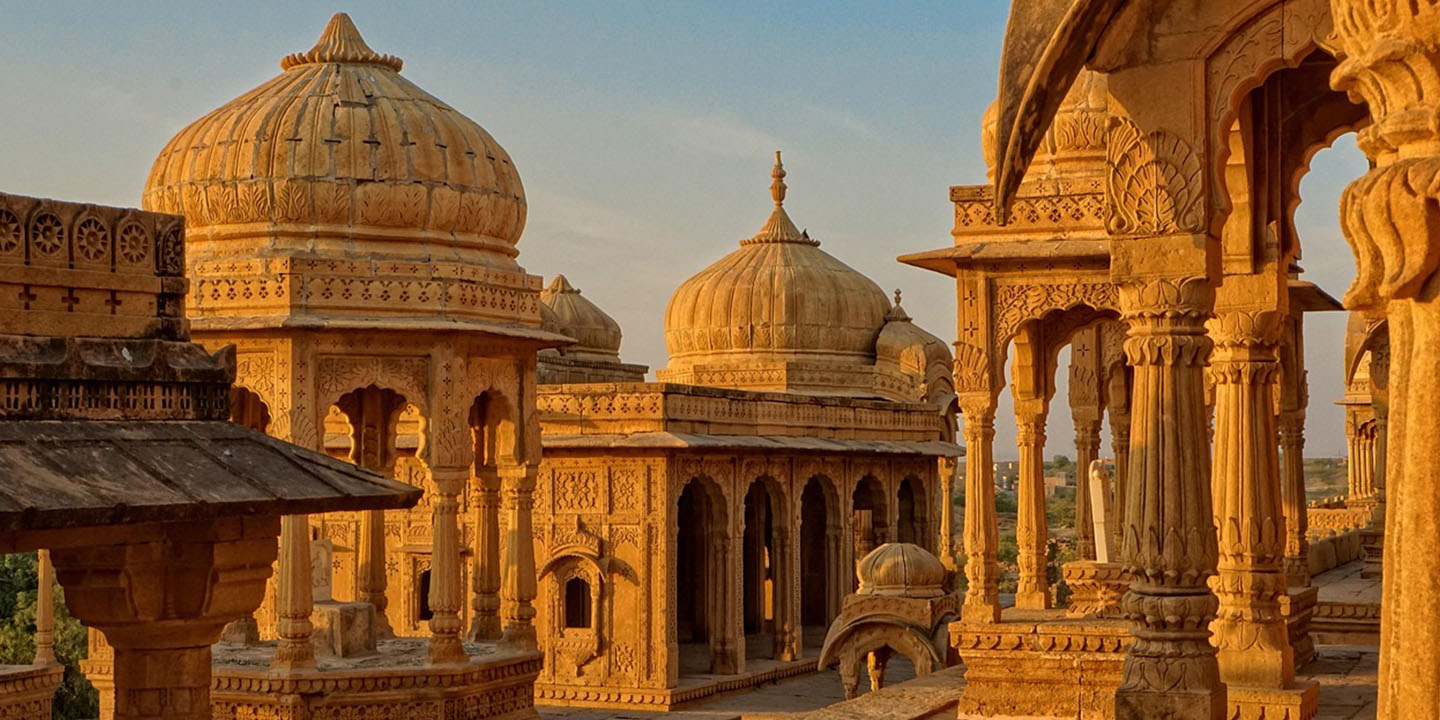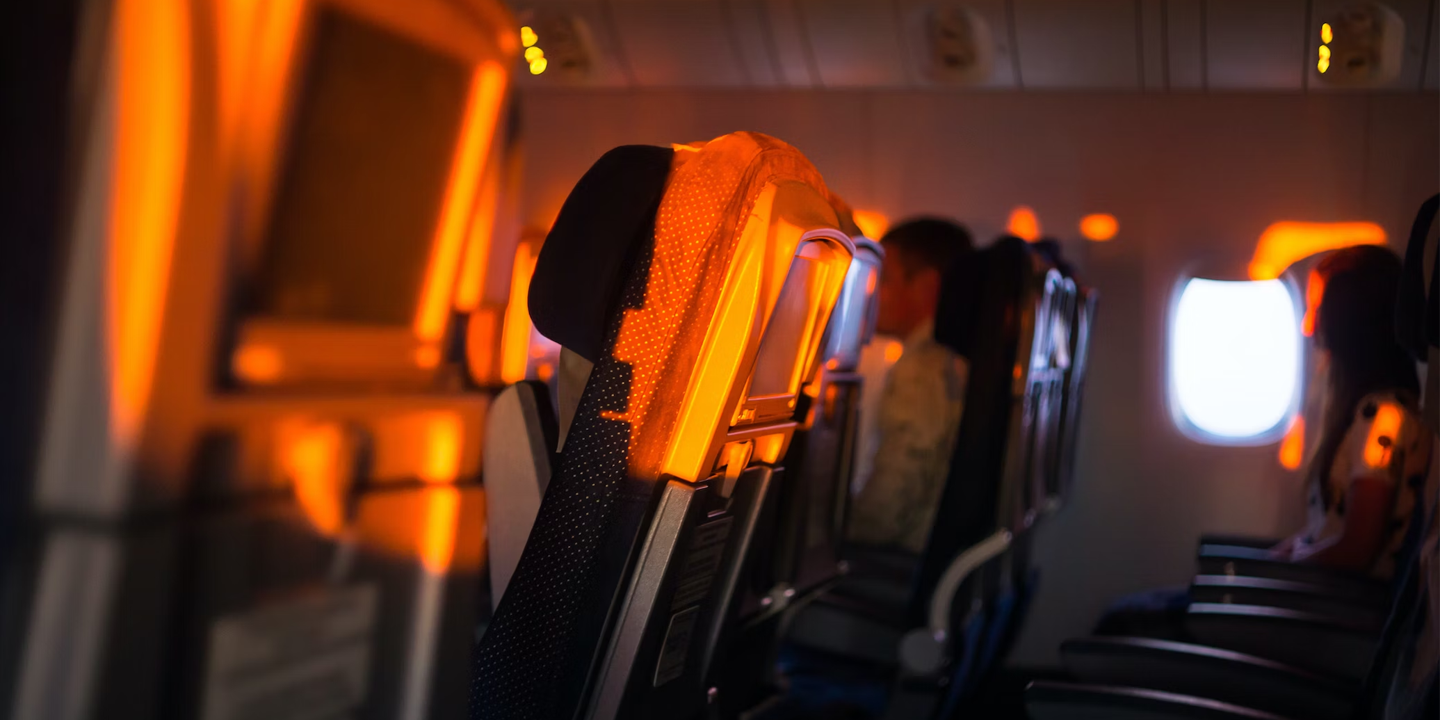What Makes the Vatican Special
There's more to Vatican City than meets the eye, and it's different from religion or politics. This tiny country is full of fascinating quirks and lesser-known tales that make it truly unique. If you’re about to visit or just curious, let's find out what else lies between the famous art and old buildings of Vatican City.
 Stefan Bauer, http://www.ferras.at on Wikimedia
Stefan Bauer, http://www.ferras.at on Wikimedia
1. Vatican Hill’s Name Isn't Christian
Long before Christianity, Vatican Hill had its own mystique. Romans called it "Ager Vaticanus," but the origin of the name is murky—possibly linked to an Etruscan settlement or an old Latin word for prophecy. A place once tied to ancient beliefs became the Church's global seat.
 Workshop of Pieter van Aelst / After Raphael on Wikimedia
Workshop of Pieter van Aelst / After Raphael on Wikimedia
2. The Ancient Chariot Track Beneath St. Peter's Square
Beneath St. Peter’s Square once stood Nero’s Circus—a grand chariot racecourse built by the Roman emperors. According to tradition, early Christians, including Saint Peter, were executed here. The ancient Egyptian obelisk at the center of the square originally marked the turning point of the ancient stadium.
3. Tombs Beneath the Basilica Run Deep
Beneath St. Peter's Basilica lies a 2nd-century necropolis unearthed in the 1940s. It holds Roman graves and the possible resting place of St. Peter. Above it, the Vatican Grottoes house over 90 popes. Chapels, tombs, and soft-lit corridors form a solemn journey through centuries.
4. Michelangelo's Only Signed Sculpture
In 1499, Michelangelo completed his Pietà, but skeptics claimed that a lesser sculptor had made it. One night, he crept in and etched "Michelangelo Buonarroti, Florentine" across Mary's sash. It’s the only work he ever signed. He later regretted it.
 Stanislav Traykov on Wikimedia
Stanislav Traykov on Wikimedia
5. Secret Passetto Links to Castel Sant’Angelo
The Passetto di Borgo—a raised stone corridor—links the Vatican to Castel Sant'Angelo. Pope Clement VII fled through it in 1527, and nearly 190 Swiss Guards fell defending him. Commissioned in 1277 by Pope Nicholas III, the passage lies hidden.
6. Vatican ATMs Use Latin
Every Vatican Bank ATM lets you select Latin. The phrase "Inserito scidulam quaeso ut faciundam cognoscas rationem" means "Please insert your card to access your account.” With a slight nod to the Church's linguistic loyalty, it's the only country with that option.
7. Vatican's Vast Gardens
Behind St. Peter's, the Vatican Gardens stretch across 23 hectares—about half the city's land. Commissioned in 1279 by Pope Nicholas III, they evolved into a serene escape with Renaissance sculptures and sacred shrines. However, access is limited.
8. Bramante Staircase For Couriers
Resting in the Vatican’s Pio-Clementine museum, the original Bramante Staircase was designed in 1505 for Pope Julius II. It's a double helix—one spiral for ascending, one for descending—so couriers and guards wouldn't collide. The entire structure fits inside a square shaft and was revolutionary for its time.
 daryl_mitchell from Saskatoon, Saskatchewan, Canada on Wikimedia
daryl_mitchell from Saskatoon, Saskatchewan, Canada on Wikimedia
9. Vatican Library Holds 350 AD Manuscript
One of the oldest complete biblical texts on earth, Codex Vaticanus, has sat in the Vatican Library since at least 1481. Written in Greek on fine vellum, scholars date it to around AD 350. No one knows how it arrived in Rome. Today, it's digital, so you can read it online.
 Michal Osmenda from Brussels, Belgium on Wikimedia
Michal Osmenda from Brussels, Belgium on Wikimedia
10. The Only UNESCO Country
Vatican City holds the unique distinction of being the only country entirely listed as a World Heritage Site. Designated in 1984, the listing encompasses various structures, all of which are recognized for their exceptional Renaissance and Baroque architecture.
 Christer Gundersen on Wikimedia
Christer Gundersen on Wikimedia
11. Cardinals Are Locked in Until Two‑Thirds Vote
Centuries before ballots were secret, Pope Gregory X instituted a strict lock-in for cardinals in 1274. They remain sealed inside the Sistine Chapel until two-thirds agree on a new pope. Meals pass through a small hatch as cardinals deliberate under Michelangelo’s famous ceiling.
 The original uploader was Snowdog at Italian Wikipedia. on Wikimedia
The original uploader was Snowdog at Italian Wikipedia. on Wikimedia
12. Papal Audience Hall Has a Serpent Design
Built in 1971 by architect Pier Luigi Nervi, Paul VI Hall's sweeping curves, oval windows, and ribbed ceiling resemble a reptile's head. Inside, pilgrims gather before a surreal sculpture called The Resurrection, which is nicknamed "Satan's Throne" by some overly imaginative conspiracy theorists.
13. Arizona's High-Tech Telescope
The Mount Graham International Observatory in Arizona hosts one of the world's most advanced telescopes, and it's owned by the Vatican. In 1993, the Vatican Advanced Technology Telescope launched operations under crisp skies. Jesuit astronomers track galaxies and supernovae from the desert.
14. The Vatican City Has No Airport
Visitors and residents typically use Rome’s nearby airports, such as Fiumicino or Ciampino, which are just a short drive away. This arrangement means that, despite being a sovereign state, the Vatican relies on Italy’s transportation infrastructure for international travel.
15. World's Smallest National Railway
Built in 1934, Vatican City's railway is a mere 300 meters long, with a single station. It links to Italy's network but isn't for commuters—only cargo and rare papal events. No other country runs such a tiny national line, making it a quietly fascinating piece of Vatican infrastructure.
16. One of the Oldest Pharmacies Worldwide
Behind Bernini's colonnades, the Vatican Pharmacy has operated since 1874. It's run by the Brothers of the Hospitaller Order of St. John of God and serves the local community. The pharmacy also stocks German herbal remedies unavailable anywhere else in Italy.
 Comunicacion.curia on Wikimedia
Comunicacion.curia on Wikimedia
17. No Official Language
Vatican City doesn't officially designate a national language, but Italian is most commonly spoken in everyday life and official communications. Nevertheless, Latin remains significant and is still used for key Church documents and religious ceremonies, preserving a strong connection to the Vatican’s heritage.
 Wolfgang Manousek from Dormagen, Germany on Wikimedia
Wolfgang Manousek from Dormagen, Germany on Wikimedia
18. FC Guardia Football Team
The Vatican City's Swiss Guards have their own football team, which has competed in the Vatican City Championship since 1924. Matches take place off-duty at a field in Rome, as the Vatican lacks a full-sized pitch. While the team carries tradition, its uniforms don't follow any sacred color schemes.
 U.S. Department of State from United States on Wikimedia
U.S. Department of State from United States on Wikimedia
19. Vatican Citizenship Isn't Permanent
Nobody is born a Vatican citizen—there's no hospital for that. Citizenship here is tied to your role. Swiss Guards, clergy, and lay staff receive it through service to the Holy See. Once the job ends, so does the passport. It's a rare jus officii system in modern governance.
 Jorge Valenzuela A on Wikimedia
Jorge Valenzuela A on Wikimedia
20. Vatican City Has No Prison
Vatican City doesn't have a traditional prison system either—only a few small cells for short-term or pre-trial detention exist. Anyone sentenced to imprisonment by Vatican courts serves their sentence in Italian prisons, with the Vatican covering the costs.

















